

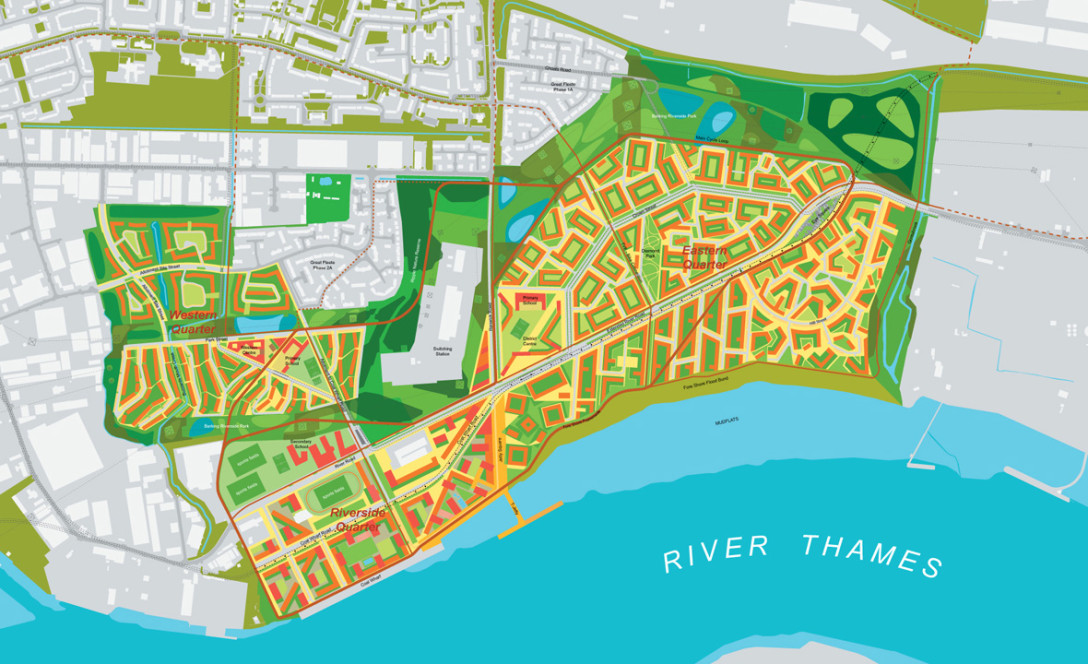
The development of Barking Riverside is an important step in the revival of East London. Along with the restructuring of the Greenwich Peninsula, the area is a key project and one of the two largest new urban developments in London. The unique position in the heart of the London Thames Gateway and its proximity to the City of London and other major centres (including Barking Town Centre, Canary Wharf, and the Lower Lea Valley) offers a wide range of qualities and opportunities. The master plan drafted by Karres en Brands and Maxwan describes the structure and quality of urban space in detail, and establishes the area’s development trajectory for a period of 20 years.
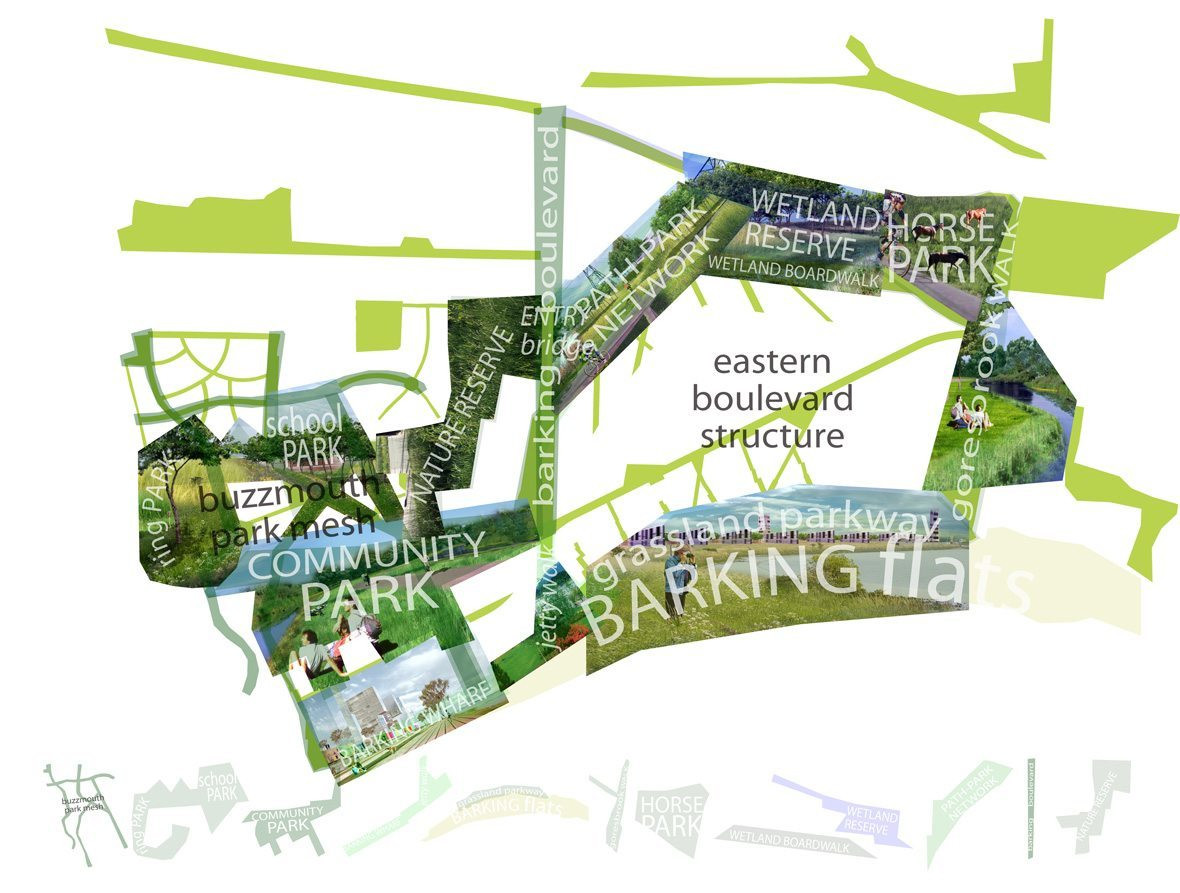
It is not a simple location: Barking Riverside is shielded from surrounding areas by industry and infrastructure. These barriers cannot be eliminated, but it is possible to achieve high-quality connections so that an exchange between existing and new communities can occur in a natural way. The adjacent industrial areas will remain in place, but will be redeveloped for mixed activities, and proposed developments make intensive use of the unique location near the river.

For a development of the size of Barking Riverside, the quality and character of the urban fabric is of utmost importance. Three principles form the foundation for the design of the area: the value of a strong network of urban locations; the need for a variety of living climates; and the importance of a controlled, step-by-step development.
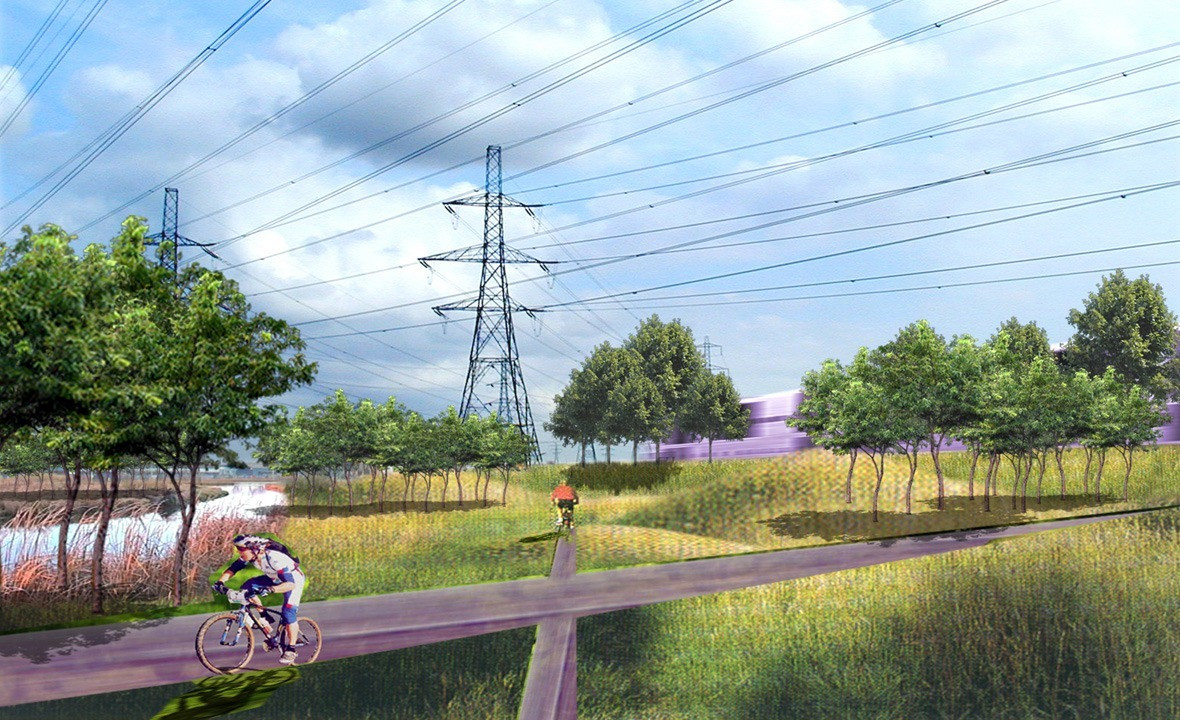

Various neighbourhood features are represented in the master plan, with its urban amenities, schools, a new park, several squares, ecological values, and a vibrant riverside that will provide 2,000 new jobs. The resulting diversity is not an end in itself, but rather a way to embed different ‘pockets’, each with its own character and value, within a greater area development. As Barking Riverside nears completion, more than 25,000 people will be living there.
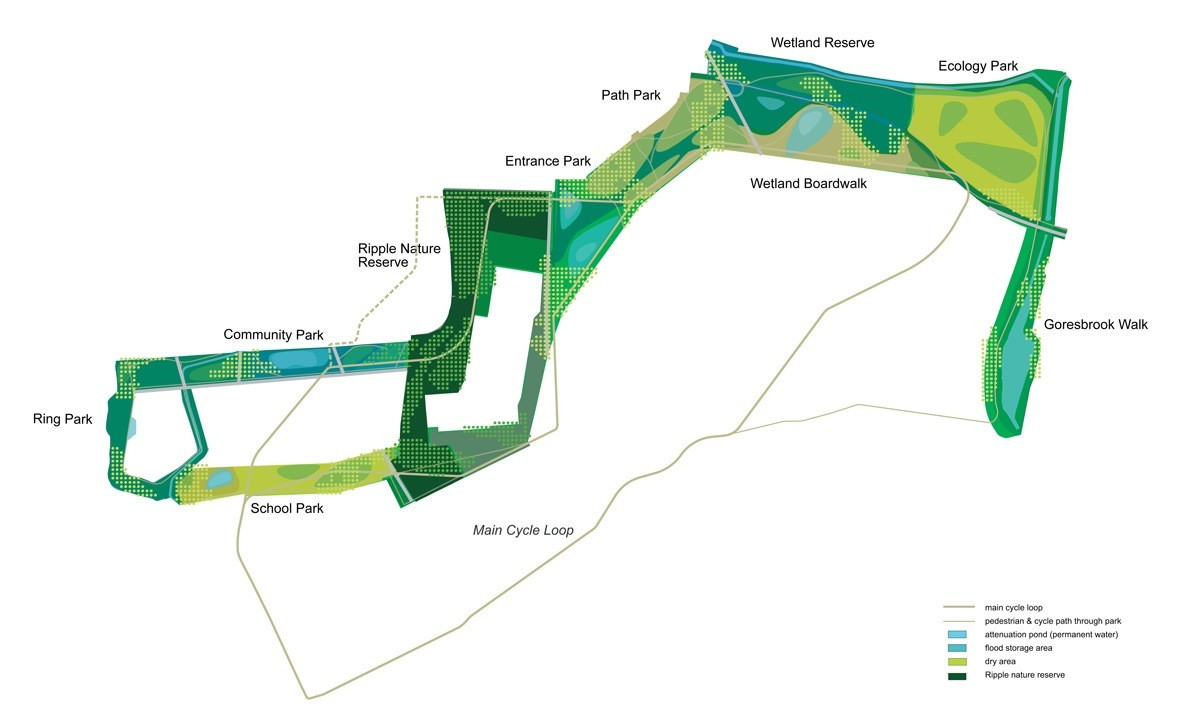
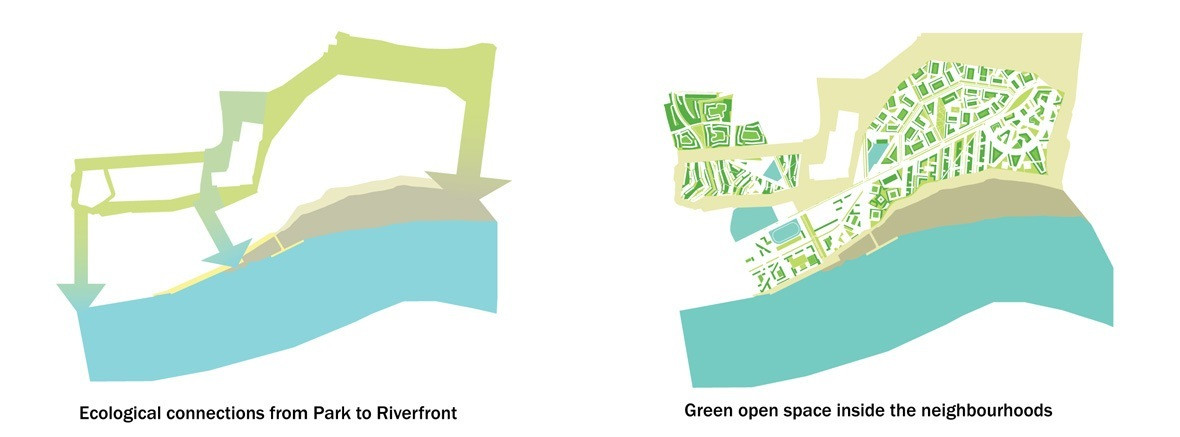

| Location. | London, United Kingdom |
|---|---|
| Assignment | Design residential location master plan and public space organisation |
| Size | 170 hectare |
| Design | 2003 – 2005 |
| Client | English Partnership |
| In collaboration with | Maxwan |